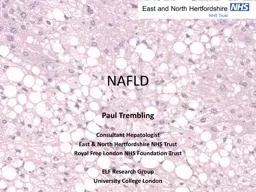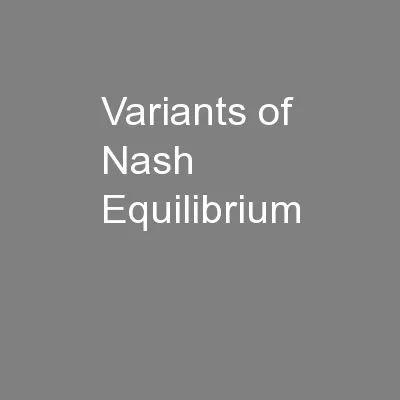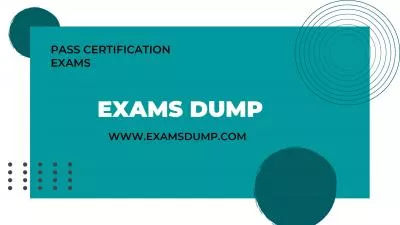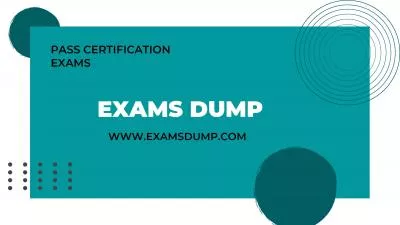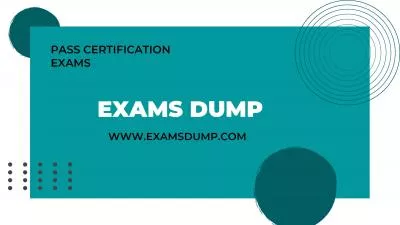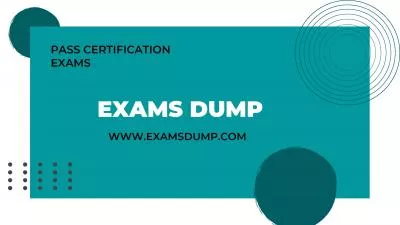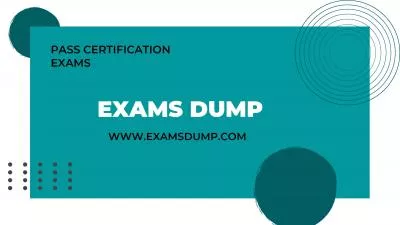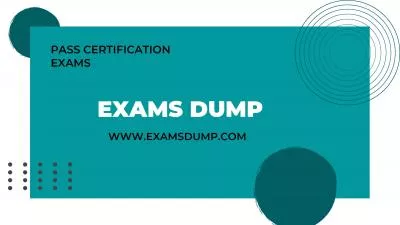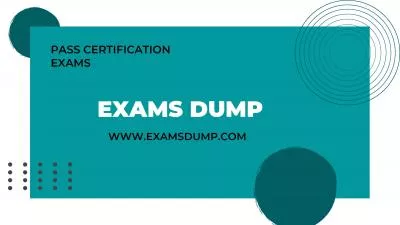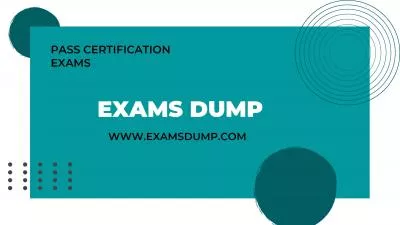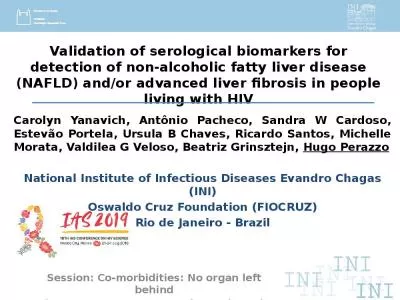PPT-NAFLD Paul Trembling Consultant
Author : calandra-battersby | Published Date : 2020-04-11
Hepatologist East amp North Hertfordshire NHS Trust Royal Free London NHS Foundation Trust ELF Research Group University College London Liver disease Scale of the
Presentation Embed Code
Download Presentation
Download Presentation The PPT/PDF document " NAFLD Paul Trembling Consultant " is the property of its rightful owner. Permission is granted to download and print the materials on this website for personal, non-commercial use only, and to display it on your personal computer provided you do not modify the materials and that you retain all copyright notices contained in the materials. By downloading content from our website, you accept the terms of this agreement.
NAFLD Paul Trembling Consultant : Transcript
Download Rules Of Document
" NAFLD Paul Trembling Consultant "The content belongs to its owner. You may download and print it for personal use, without modification, and keep all copyright notices. By downloading, you agree to these terms.
Related Documents

